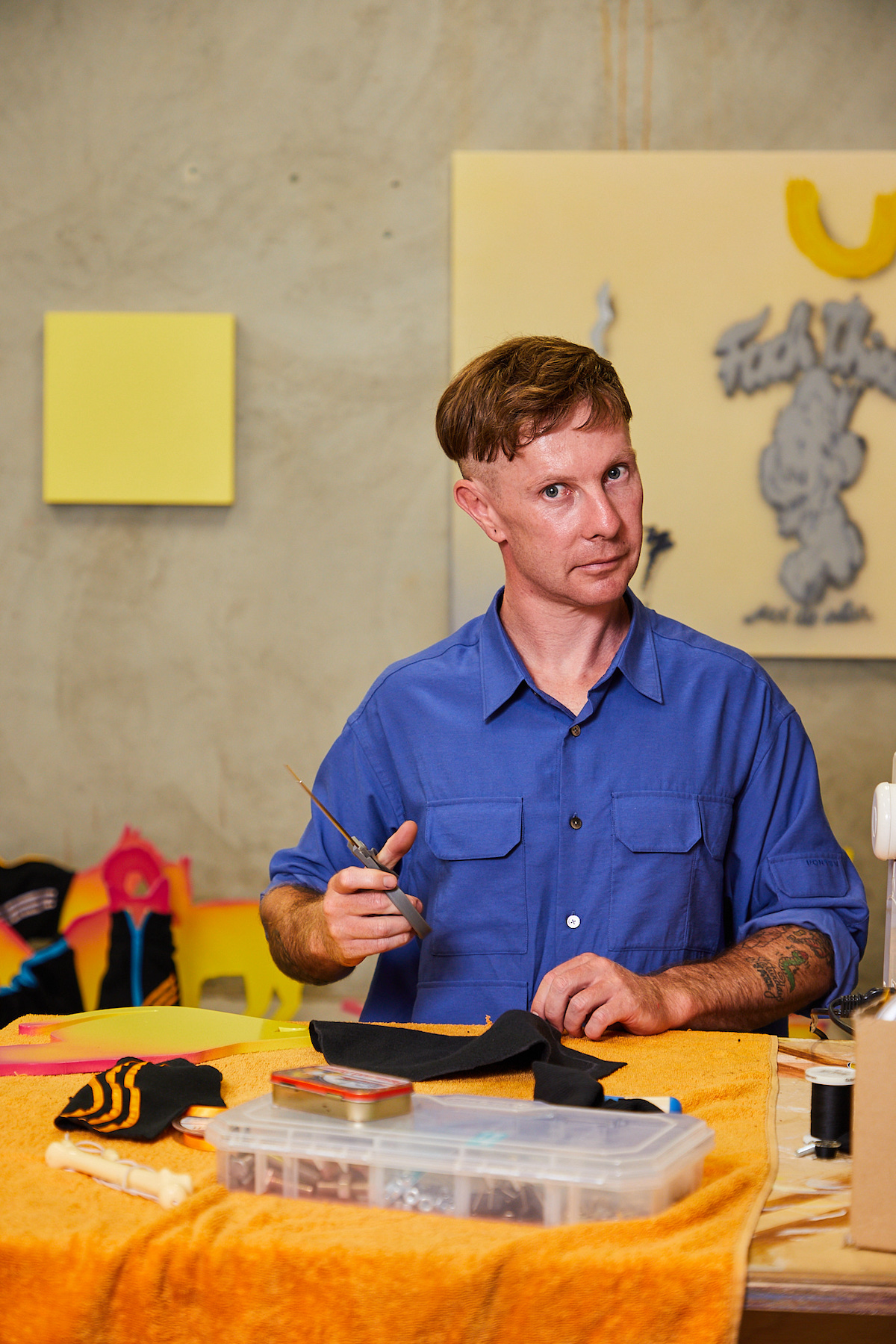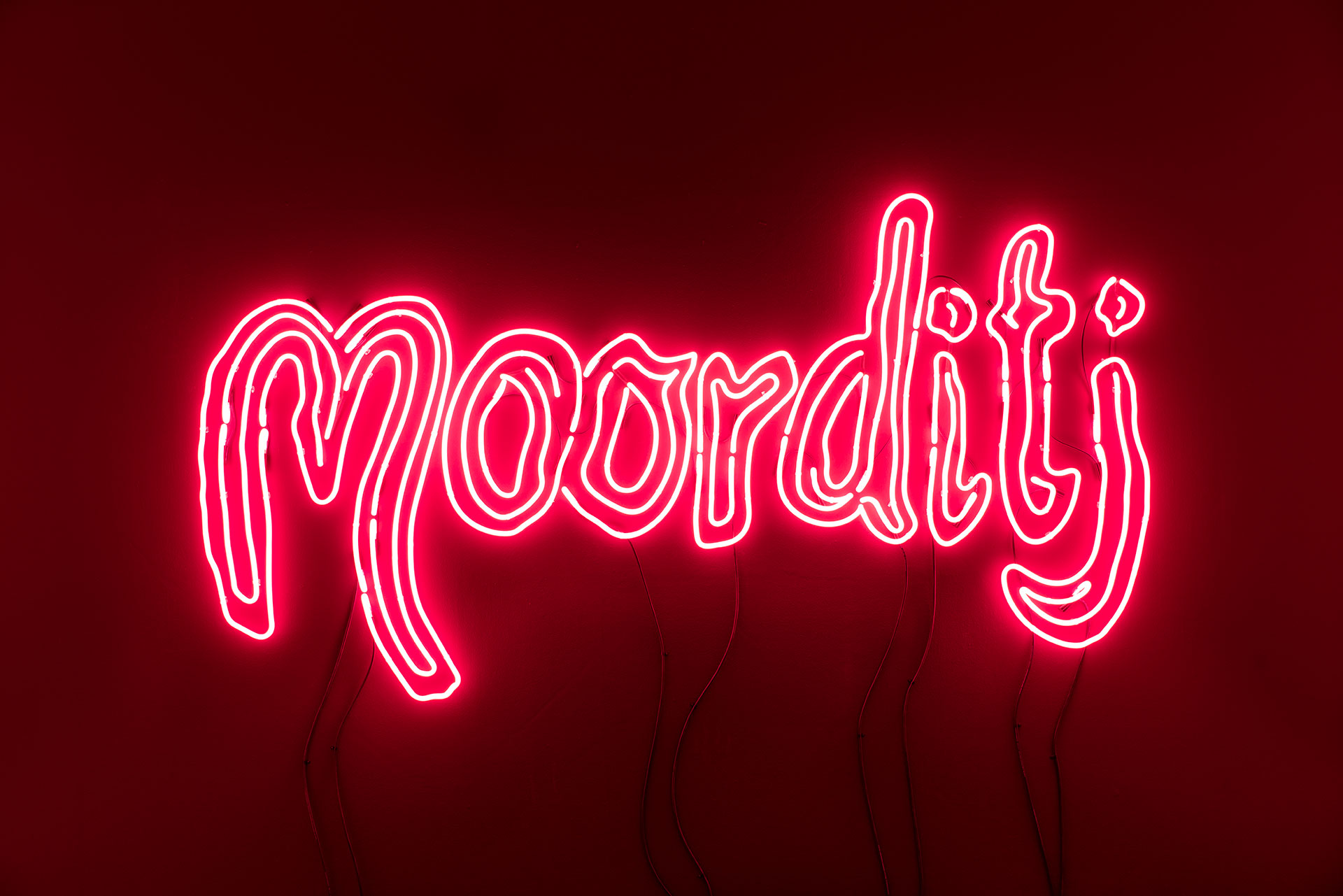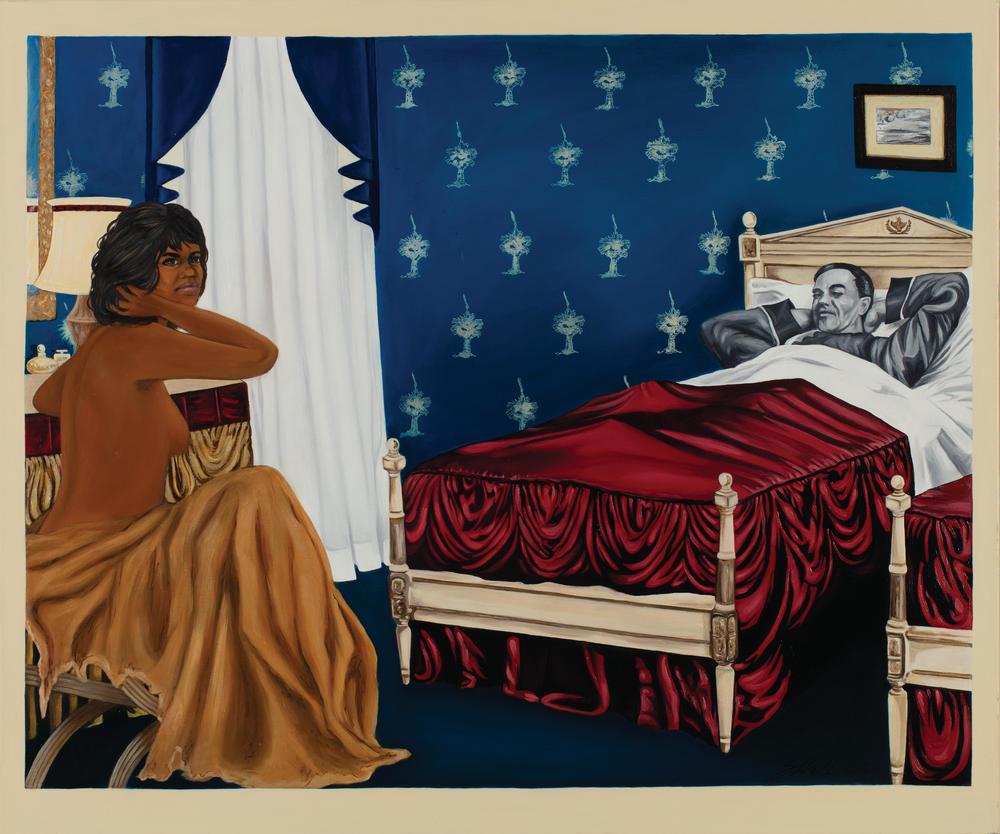Saleheh Gholami: Unconscious Ways
Personal research of refugee stories and her own lived experience inform Saleheh Gholami’s photographic work, which re-contextualises familiar objects and landscapes to explore belonging, trauma and loss.
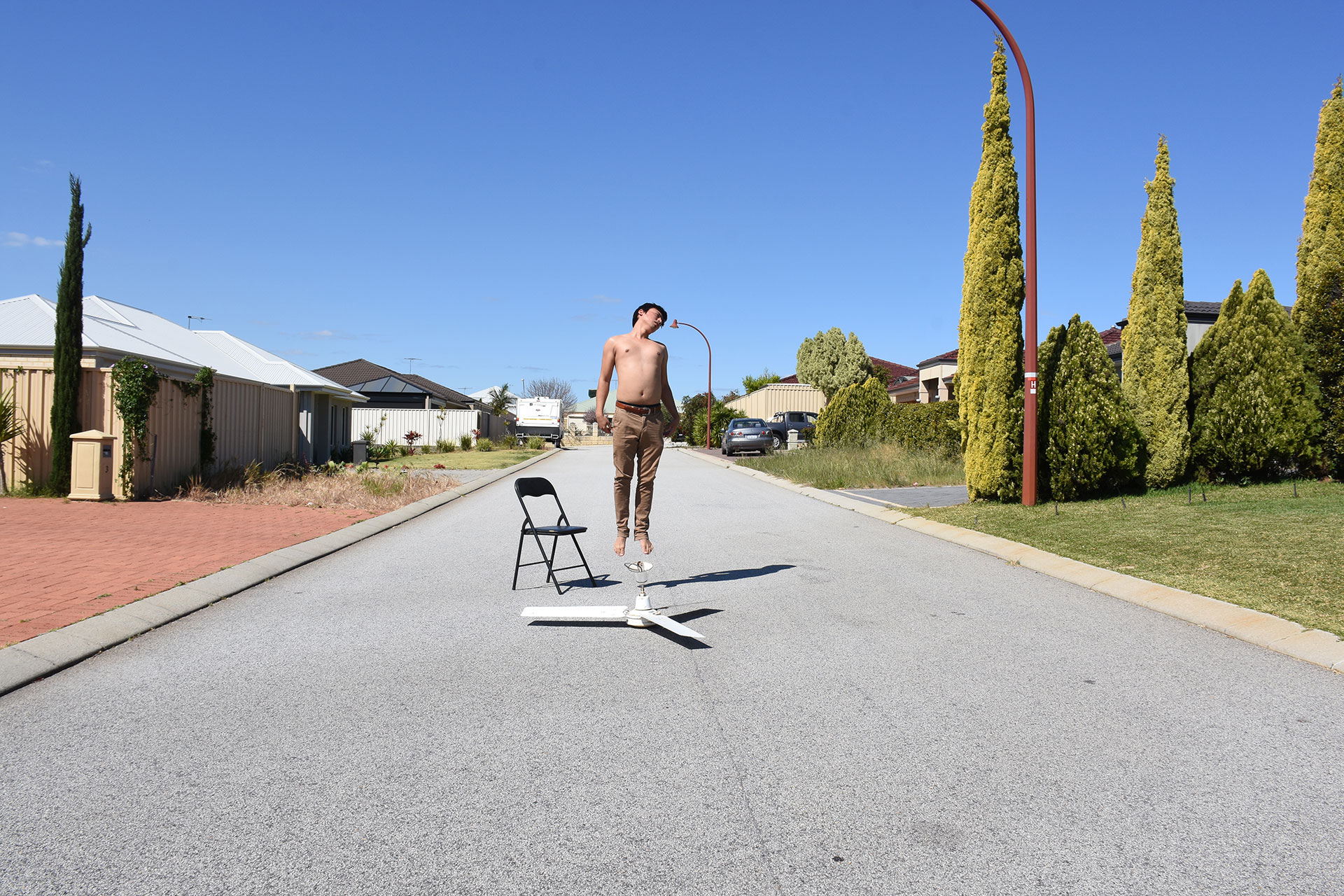
Saleheh Gholami TO BLUE 2019. Digital photographic print, 60 x 90 cm. Courtesy of the artist.
SALEHEH GHOLAMI’S WORK explores the experience of refugees in Australia’s mandatory detention centres and the impact of human displacement.
The three staged photographs exhibited in The View From Here are a sobering commentary on trauma and loss. An interdisciplinary artist from Iran with Afghani heritage, Perth-based Gholami researched the lived experience of refugees who had been incarcerated in offshore and onshore detention centres, immersing herself in their stories. The sense of dislocation she felt navigating life in Perth’s metropolitan area and her own experiences “as a human” were added motivations to engage with the poetry and emotion of these circumstances.
“The way refugees come here and how they cope means they face many new things and start to forget their old daily life. It is inevitable that you forget things, that you can’t really remember how it was,” writes Gholami in an artist statement accompanying the work.
She explains she was struck by how seemingly innocuous, ordinary objects—ceiling fans, glasses, electrical cords, window blinds and chairs—were banned within these centres because of their potential use for self-harm. In arranging these objects within iconic imagery of Australian suburbia, she positions the viewer to recognise it’s not only objects that have their place and purpose, but people too. It’s a prime example of how context shifts meaning; how art can prompt us to rethink what we’re accustomed to believing.
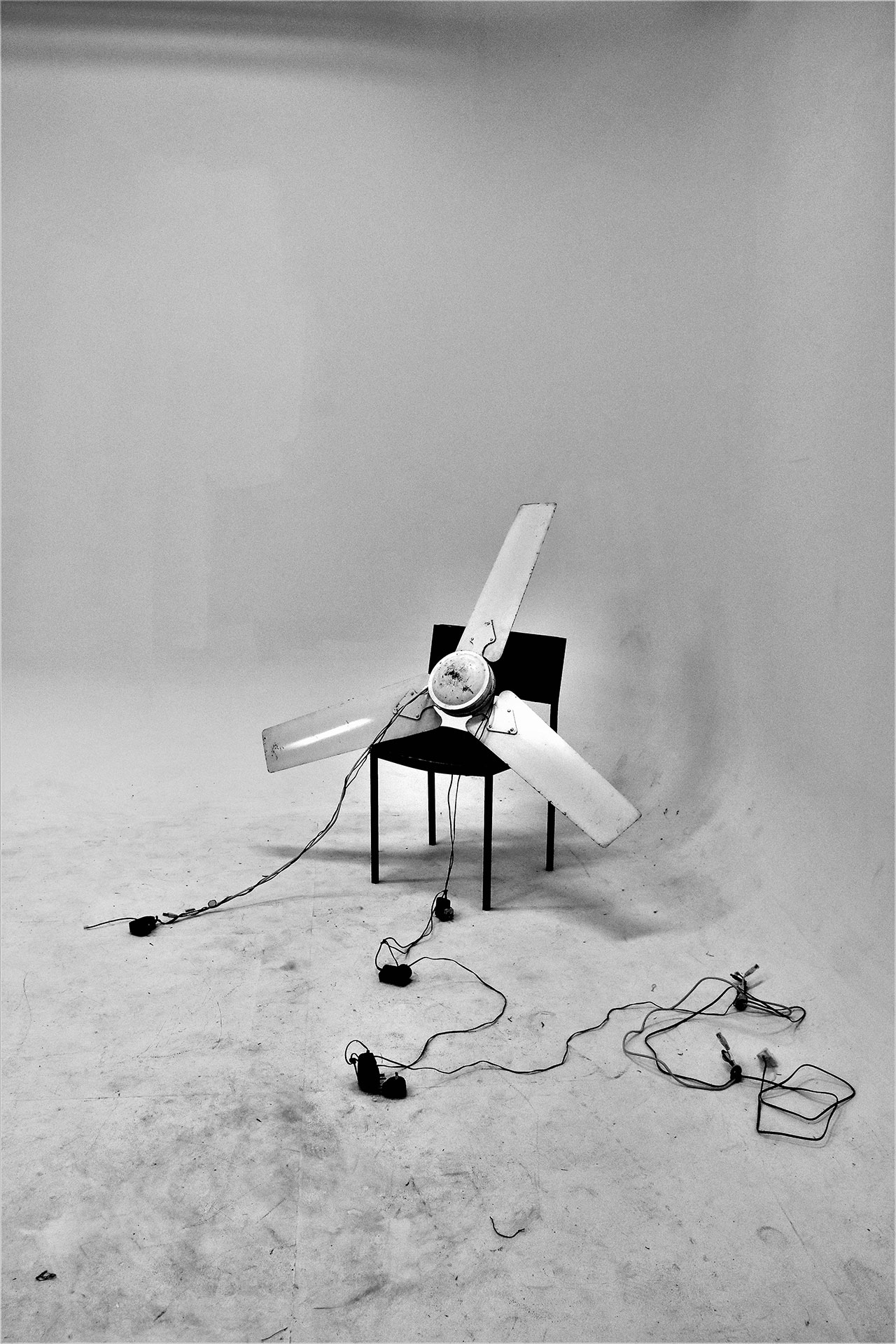
Saleheh Gholami Forbidden objects [2] 2018. Digital photographic print, 110 x 74 cm. Courtesy ofthe artist.
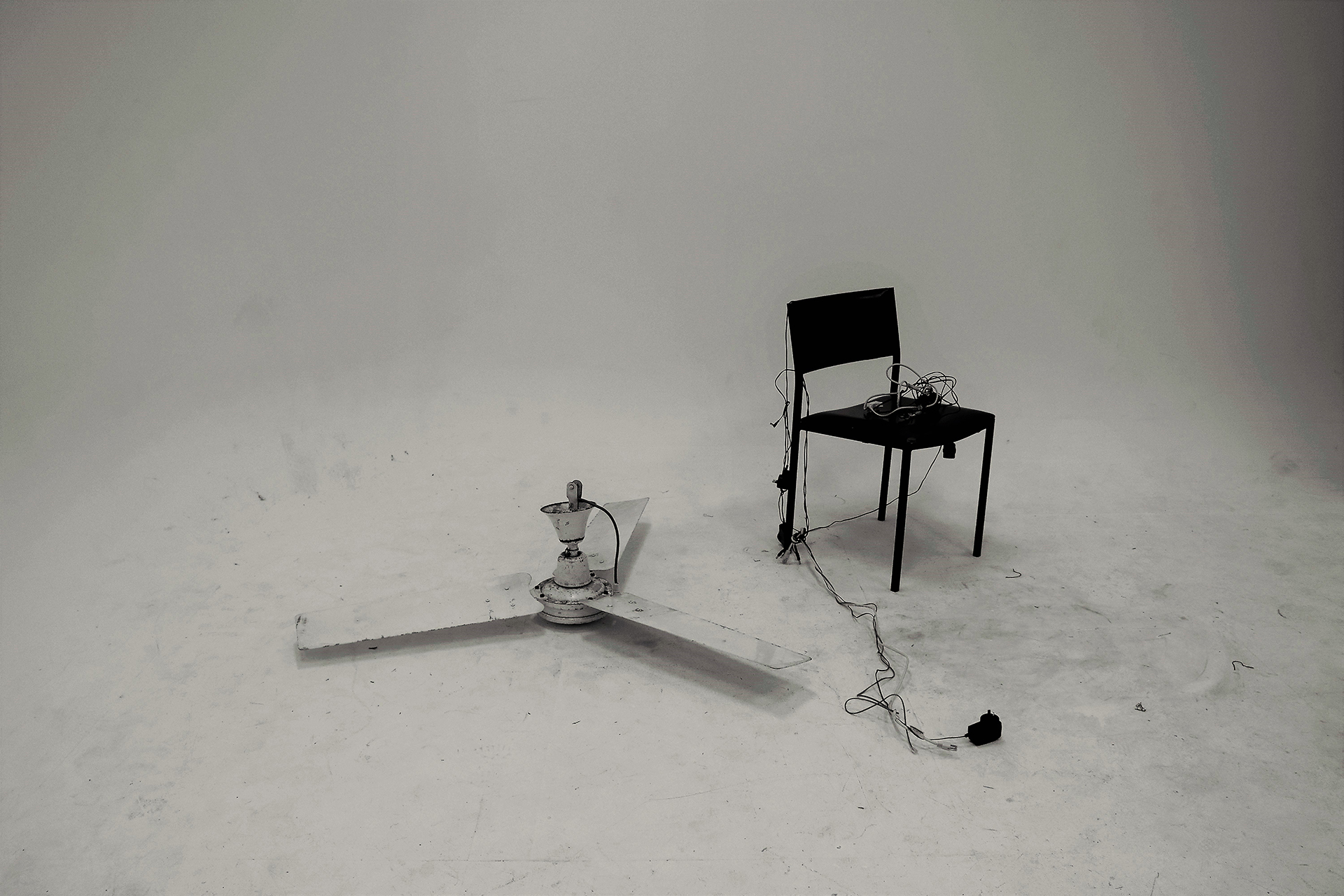
Saleheh Gholami Forbidden objects [1] 2018. Digital photographic print, 120 x 80 cm. Courtesy of the artist.
“Her arrangement of images and screens is so wonderfully compelling, energetically,” says Robert Cook, AGWA’s Curator of Western Australian and Australian Art. “It has a physical, embodied force and a sense of loaded silence. It is heavy, present and confronts the reality of how the aesthetics of Perth’s suburbs feel in an embodied way.”
“There is a sense of harshness that is intrinsic to the suburbs,” Cook continues. “Her work dramatises this from the perspective of the refugee crisis in such a way that pulls in a response to colonial occupation, of the clearing of the spaces and the dislocating overwhelm of what remains.”
Gholami says that she examined the ways in which refugees had taken shape in the collective Australian imagination, and found that the process was largely unconscious. In creating this work, she found that the human experience, too, manifested in unconscious ways. The resulting images evoke memories and psychological scars, reminding us of the (often intentionally obscured) humanity of those seeking a better life on our shores.
After graduating with a Bachelor of Fine Arts (Honours) from the University of Western Australia, Gholami’s interdisciplinary work was featured in PICA’s 2020 Hatched National Graduate Show. Her work in The View From Here proves she is an emerging artist to watch—and one with a perspective that is sure to broaden that of others.
This article was first published in the print publication The View From Here in October 2021 under the title Saleheh Gholami: Unconscious Ways.
